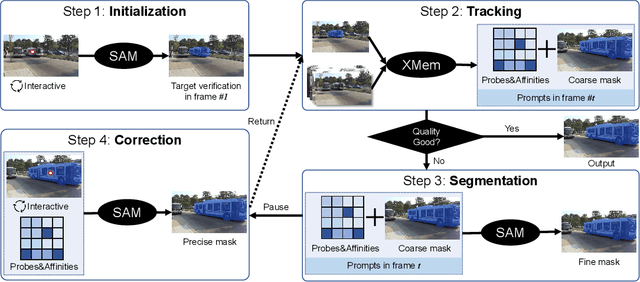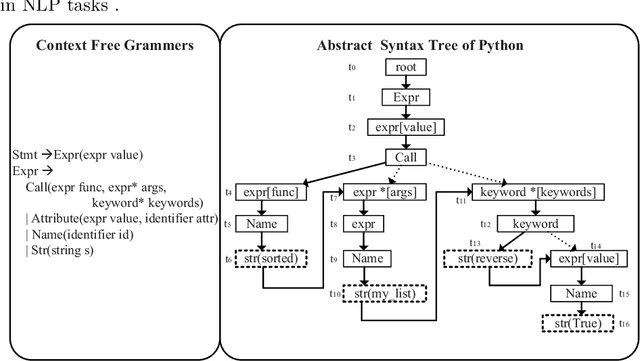Fangjing Wang
HCNQA: Enhancing 3D VQA with Hierarchical Concentration Narrowing Supervision
Jul 02, 2025Abstract:3D Visual Question-Answering (3D VQA) is pivotal for models to perceive the physical world and perform spatial reasoning. Answer-centric supervision is a commonly used training method for 3D VQA models. Many models that utilize this strategy have achieved promising results in 3D VQA tasks. However, the answer-centric approach only supervises the final output of models and allows models to develop reasoning pathways freely. The absence of supervision on the reasoning pathway enables the potential for developing superficial shortcuts through common patterns in question-answer pairs. Moreover, although slow-thinking methods advance large language models, they suffer from underthinking. To address these issues, we propose \textbf{HCNQA}, a 3D VQA model leveraging a hierarchical concentration narrowing supervision method. By mimicking the human process of gradually focusing from a broad area to specific objects while searching for answers, our method guides the model to perform three phases of concentration narrowing through hierarchical supervision. By supervising key checkpoints on a general reasoning pathway, our method can ensure the development of a rational and effective reasoning pathway. Extensive experimental results demonstrate that our method can effectively ensure that the model develops a rational reasoning pathway and performs better. The code is available at https://github.com/JianuoZhu/HCNQA.
Track Anything: Segment Anything Meets Videos
Apr 28, 2023



Abstract:Recently, the Segment Anything Model (SAM) gains lots of attention rapidly due to its impressive segmentation performance on images. Regarding its strong ability on image segmentation and high interactivity with different prompts, we found that it performs poorly on consistent segmentation in videos. Therefore, in this report, we propose Track Anything Model (TAM), which achieves high-performance interactive tracking and segmentation in videos. To be detailed, given a video sequence, only with very little human participation, i.e., several clicks, people can track anything they are interested in, and get satisfactory results in one-pass inference. Without additional training, such an interactive design performs impressively on video object tracking and segmentation. All resources are available on {https://github.com/gaomingqi/Track-Anything}. We hope this work can facilitate related research.
GANCoder: An Automatic Natural Language-to-Programming Language Translation Approach based on GAN
Dec 02, 2019



Abstract:We propose GANCoder, an automatic programming approach based on Generative Adversarial Networks (GAN), which can generate the same functional and logical programming language codes conditioned on the given natural language utterances. The adversarial training between generator and discriminator helps generator learn distribution of dataset and improve code generation quality. Our experimental results show that GANCoder can achieve comparable accuracy with the state-of-the-art methods and is more stable when programming languages.
* 10pages, 4 figures
 Add to Chrome
Add to Chrome Add to Firefox
Add to Firefox Add to Edge
Add to Edge